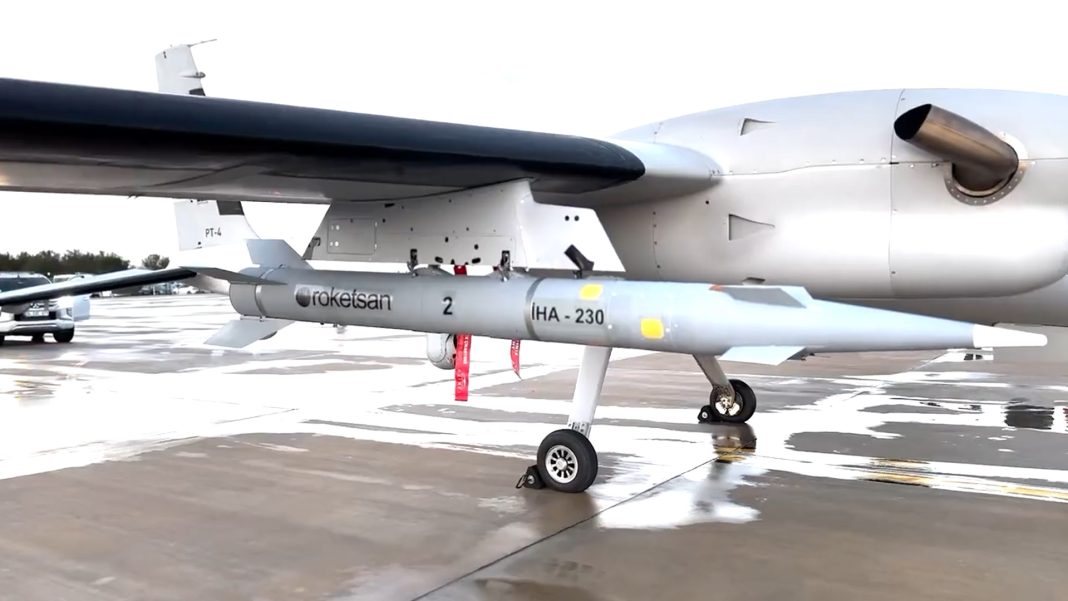After the successful military strike under Operation Sindoor, India didn’t just show strength on the battlefield — it also gained access to valuable military intelligence. The Indian Air Force (IAF), while achieving its goals during the operation, managed to capture and intercept sensitive enemy equipment and data.
Operation Sindoor Opened a Door to Intelligence
This included rare war data from two major military powers backing Pakistan — China and Turkey. For the first time, India is now in possession of battlefield-level intelligence on key Chinese and Turkish systems. These include:
- PL-15 air-to-air missile: A modern long-range missile used by China.
- YIHA drones: Unmanned combat drones built by Turkey and supplied to Pakistan.
- JF-17 and J-10 jet components: These are the pride of Pakistan’s and China’s air fleets.
Military experts believe this is the first time India has had access to such detailed information about these weapons. From drone flight logs to radar signatures and missile fragments, India’s teams have collected a treasure trove of materials.
Sources say some of the data was retrieved from downed or damaged enemy equipment during the operation. Others were picked up through advanced electronic surveillance and cyber interception by Indian intelligence agencies. These pieces are now being analyzed by top scientists and engineers at DRDO and other military research centers.
Eyes on the Wreckage: China’s Mach 5 Missile PL-15E Becomes Intelligence Jackpot for West and Allies
India’s Response: Radar, Refueling, and Readiness
The government isn’t just sitting on this new data. Rapid steps have been taken to ensure the Air Force stays ahead in any future conflict.
One major move is the purchase of six Embraer aircraft from Brazil. These aren’t just regular transport planes – they’re being fitted with Netra Mk1A radar systems, developed domestically. This radar enables the IAF to track enemy aircraft and drones from hundreds of kilometers away and can guide fighter jets to targets with pinpoint accuracy.
In addition, aerial refueling capacity is being significantly boosted. A new lease agreement has been cleared for a KC-135 mid-air refueling aircraft from the United States. Talks are also underway to acquire six more such tankers. These aircraft enable fighter jets to refuel in mid-air, allowing them to fly longer, patrol further, and strike deeper into hostile territory.
This becomes especially important because Pakistan’s air surveillance fleet is still a strong challenge. Their SAAB-2000 from Sweden and ZDK-03 from China can spot Indian jets from up to 350 kilometers away. But India’s upgrades are clearly aimed at neutralizing this advantage.
Another major step has been the deployment of the S-400 missile system, which is known for its long-range precision. This system reportedly took down a Pakistani aircraft during Operation Sindoor from over 300 kilometers away, a clear demonstration of India’s new defense reach.
China and Turkey’s Role in Pakistan’s Arsenal
Pakistan, following its setback in Operation Sindoor, is relying more heavily on China and Turkey for military support. Reports indicate that China is sending Yuan-class submarines, armed drones, and new naval frigates to Islamabad. These are all modern systems that strengthen Pakistan’s presence in the sea and air.
Turkey, on the other hand, is helping upgrade Pakistan’s older submarines and also supplying parts for their F-16 fighter jets. This includes not only spare parts but also upgraded electronics and missile systems.
This deepening partnership between Pakistan, China, and Turkey explains why India’s intelligence gains are so significant. By capturing and decoding enemy systems during Operation Sindoor, India now has real-world knowledge of how these weapons work. This includes data on missile flight paths, drone communication patterns, radar frequencies, and software used in electronic warfare.
PL-15 Missile Combat Confirmed China Unleashes Powerful Weapon in Real Battle
The information is being studied not only by military officers but also by scientists in defense think tanks and labs. Their job is to figure out weaknesses, build countermeasures, and prepare India’s own systems to handle these threats.
India’s strategy after Operation Sindoor is clear: not just to defend, but to understand and neutralize. By cracking the secrets of Chinese and Turkish technology, India has taken a major step forward in modern warfare, where information is just as important as firepower.

